How to properly feed currants and gooseberries in spring
For stable fruiting and development, currant and gooseberry bushes need a supply of nutrients. Plants obtain basic vitamins and minerals from the soil - this is why it is so important to fertilize the soil when planting and check its acidity level.
Gardeners do not forget about fertilizers during the process of growing berries - they feed the shrubs 2-3 times during the summer using root and foliar methods. Nutrient powders and mixtures accelerate the ripening of fruits, making them juicier and sweeter. In the article we will look at how to fertilize currants and gooseberries in spring, summer and autumn.
Types of fertilizers for currants and gooseberries
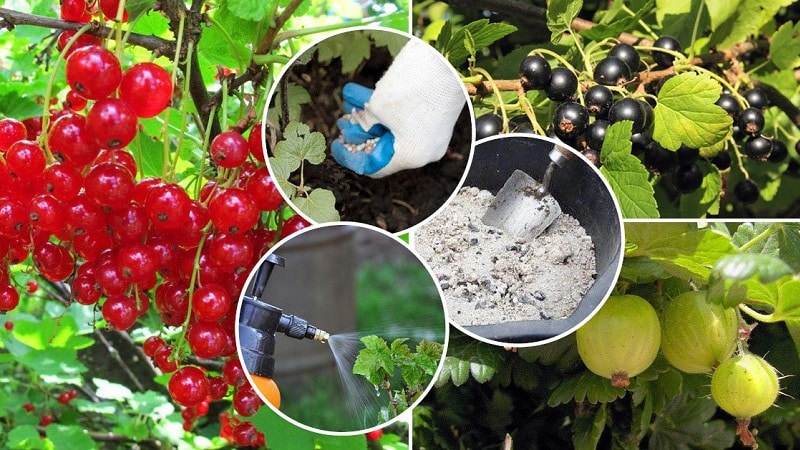
There are several types of fertilizers. The first classification includes root and foliar. The first ones are brought into the ground, under the roots or into the tree trunk of the plant. They are aimed at the development of bushes and fruits, stimulate the ripening of currants and gooseberries. The second includes spraying and treatment with preventive and protective agents; their goal is to prevent the appearance of diseases and pests.
Based on their composition, organic, mineral, complex and organomineral fertilizers are distinguished:
- the first group contains organic compounds (compost, humus, ash);
- mineral - microelements (for example, nitrogen, potassium, phosphorus);
- complex ones combine organic and mineral components;
- organomineral are fertilizers based on humic acids treated with mineral compounds (for example, sodium or ammonium humate);
- microfertilizers - they contain one nutrient (copper, manganese, iodine).
Attention! There are ready-made fertilizers and mixtures prepared by yourself. In the second case, it is important to maintain proportions. An excess of mineral and organic substances is just as dangerous as a deficiency.
Feeding currant and gooseberry bushes in spring for a good harvest
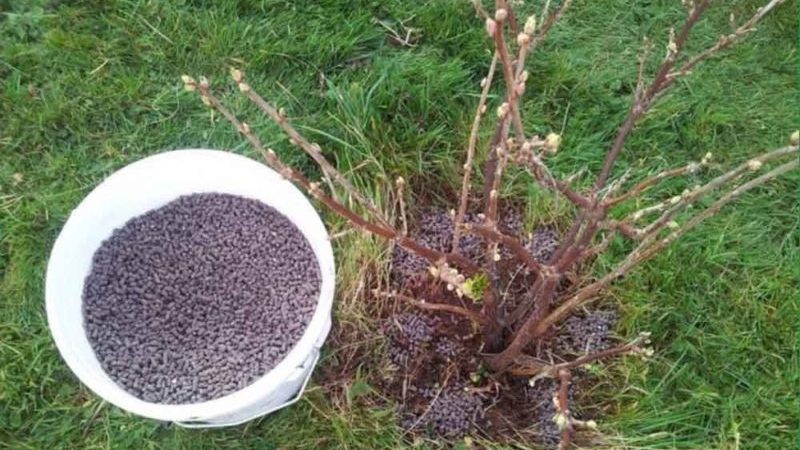
In March, gooseberries and currants prefer nitrogen fertilizers. They stimulate the development and growth of green mass, help shrubs recover and gain strength after winter. With a lack of nitrogen, the berries grow poorly, the leaves quickly die and fall off. Young bushes are fertilized with urea - 40 ml for each plant.
From the fourth year the amount is reduced to 25 ml per bush. In the northern regions of the country, shrubs are fertilized in early April, since spring comes later. Use an infusion of bird droppings or slurry. To enhance the effect, wood ash is added to the liquid mixture.
In May, it is recommended to fertilize the plantings with complex mineral fertilizers. To prepare the mixture, take 1 tbsp. ammonium nitrate, 3 tbsp. superphosphate, 1.5 tbsp. potassium chloride. All components are mixed and 10 liters of clean water are poured. The prepared solution is enough for 2 bushes. Apply fertilizer to a ditch dug near the plant.
Often at the end of spring, currant and gooseberry leaves turn yellow, which indicates a lack of boron. In this case, gardeners spray the bushes with boric acid. The solution will require 10 liters of water 5 and ml of acid.To make the berries grow larger and sweeter, the plant is treated with a weak solution of potassium permanganate. This is done at the beginning of flowering.
Fertilizer in summer during fruiting
In summer, currants and gooseberry Fertilize in early June, when the berries begin to ripen. Until June 10, apply mineral fertilizers that do not contain nitrogen. Summer residents use potassium humate or calcium nitrate - thanks to them, the berries grow juicy and sweet, and are large in size.
To strengthen the root system of the plant, a mixture of 30 g of urea, 20 g of copper sulfate, 2 g of potassium permanganate is added to the first fertilizing. The ingredients are mixed and diluted with 10 liters of water. Bushes are sprayed in cloudy, windless or dry weather. It is not recommended to process them if the sun is shining brightly - the leaves will get sunburned.
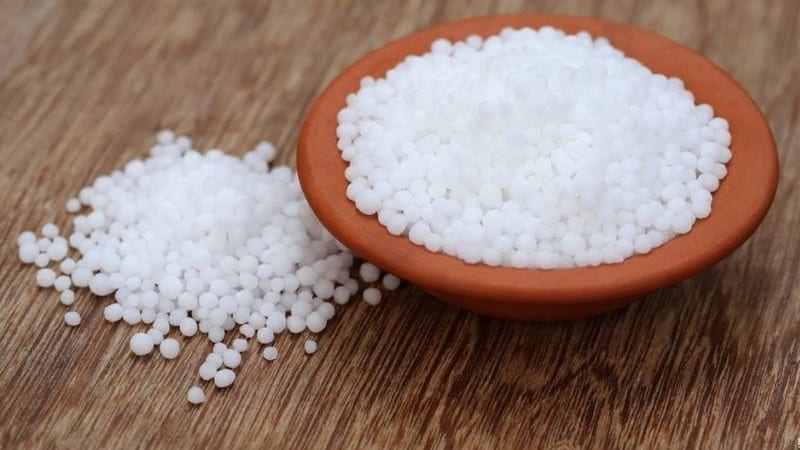
After 3 weeks, when the berries are already ripe, it is recommended to fertilize with potato peelings. Their remains are dried and ground into powder using a blender. The resulting mixture is diluted in water and sprayed on the bushes. Powder from potato peelings protects against common crop diseases - rust, powdery mildew, anthracnose, gray rot, and also prevents the appearance of insect pests - gall midges, aphids, sawflies.
Attention! An effective and affordable fertilizer for gooseberries and currants during fruiting is wood ash. 100 g of fertilizer is applied to each bush, at the same time the soil is loosened, and then watered abundantly with settled water. Ash replenishes mineral deficiencies and strengthens the root system.
How to feed currant and gooseberry bushes in autumn
Potassium chloride is used for autumn feeding of gooseberries. Until September 15, 15-30 g of the drug is added to each bush (the younger the plant, the more potassium). Fertilizing strengthens the immune system and increases the gooseberry's resistance to viral, bacterial, and fungal diseases.
Compost is also added in the fall - it enriches the soil with nutrients for winter. Compost is prepared from plant residues, weeds and leaves, and the mass is left until complete decomposition. One gooseberry bush takes from 3 to 5 kg. It is applied in October - this is the last feeding of the berries this year.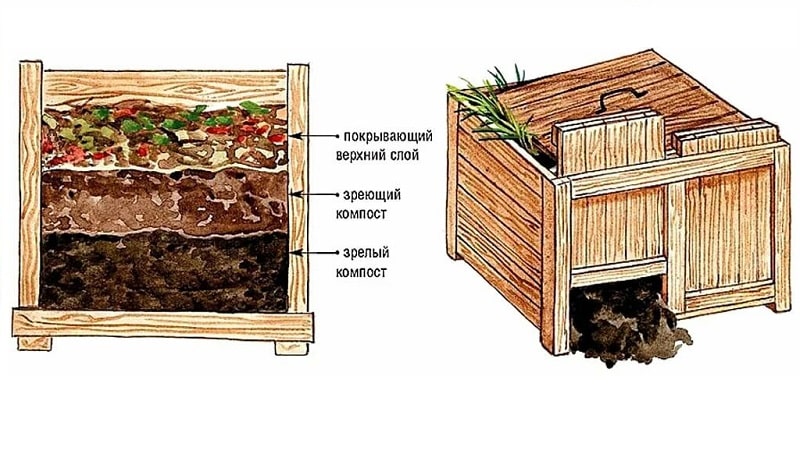
For autumn feeding of currants, chicken droppings, mullein, and slurry are used. One bush requires up to 6 kg of fertilizer. Also, 20 g of potassium sulfate and 50 g of superphosphate are added under the plant, and the currants are watered. Such fertilizers retain beneficial substances in the soil and protect the plant from pests.
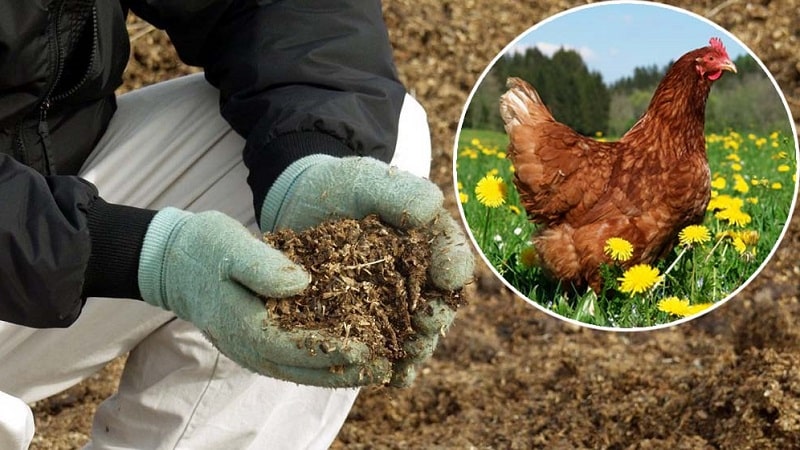
If you don’t have time to prepare fertilizers, buy ready-made compounds in the store - this can be nitrophoska, Poligro Universal, MicroMix. Complex fertilizers already contain nutrients; the main thing is to follow the dosage and preparation recommendations.
This is interesting:
How to properly care for honeysuckle in spring - feeding and pruning
The best fertilizers for a tangerine tree at home
How and what to properly fertilize grapes in the fall
Rules for fertilizing cherries in the fall and selecting the best fertilizers for these purposes
Conclusion
Spring feeding includes nitrogen compounds, urea, and mineral complexes. Fertilizers are applied before and after flowering, after watering the soil. In the summer, berry bushes need organic matter and minerals; gardeners use boric acid, potato peelings, and ash. Nitrogen-containing compounds are not applied in summer.
In the fall, plants are prepared for winter - the soil is fertilized with compost, potassium chloride, and ready-made compounds from the store. When applying fertilizing, it is important to observe the dosage, take into account the age of the plant, and pay attention to the condition of the soil.